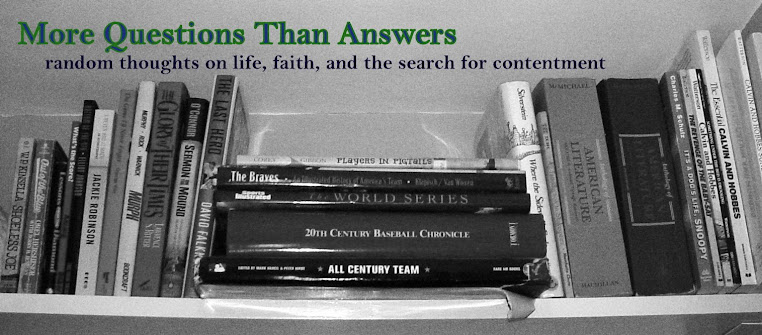
Compartmentalization is a part of life. We continually make judgments and stereotype as a way to analyse, explain and understand. I guess it is a natural response in an effort to gain control and feel comfortable. To use the reasoning of critical analysis in search of knowledge seems innocent enough. Knowledge and understanding are good but just like all good things, the opportunity for bad exists. Ultimately then, the search for meaning can be soiled. Often, discrimination and unfair conclusions are the result of our separation of things. We are all familiar with the socio-economic living classifications of rural, suburban and urban along with the work place snobbery tags of white collar and blue collar. These labels unconsciously suggest one worker is worth more than the other or that one neighborhood is more safe or sophisticated. Compartmentalization happens often. We do it to describe the make-up of our bodies, societies and cultures and even in the manufacturing of ideas, beliefs and behaviors. A larger list could be created but I want to focus on the latter.

In the realm of faith and religion, it is in ideas, beliefs and behaviors that the talk of what is appropriate is vigorous. Why does the community of faith make division between the sacred and secular, another one of these separations? And since artificial barriers exists, who decides which categories certain things fall? These are thoughts and questions that have come as a result of my thinking of how truth is marketed and distributed. Just this year, I have enjoyed and benefited from the Pixar movie Wall-E, a modern film categorized as both secular and for children. The animation medium, for whatever reason, seems to be pigeon holed art for immature audiences only. That is an ignorant conclusion and a judgement reserved for the immature. Wall-E is, perhaps, the most thoughtful and truth telling film as I have seen. For as great as the story is, the film is altogether efficient too. The animation allows for all audiences, children or adults, to pay attention to and learn from. Now, the motivation that drove the making of this movie can be brought to question. Christians are very good at this because Wall-E, after all, is a Disney creation and their intention seemingly was not to point to God, the maker of truth or to symbolize Wall-E, the robot, as a Christ figure, disrupting the natural flow of life and setting a course where a new heaven and new earth is formed and where the human race is redeemed. I think it is safe to say Disney/Pixar had other motivations. Other critics claim this movie is one of political ideology. Maybe. That is what makes this film great. It leads all sorts of people, all different, to draw different conclusions in their personal pursuit of what is right and good.
Back to motivation and what shapes purposes; maybe this is where sacred and secular are divided. Is it in purpose that makes something sacred? I am not arguing that Wall-E or any other movie, for that matter, is sacred. The argument could be made, however, that the lessons of the film itself are sacred.
Another example of confusing judgement is in the novel Crime & Punishment by Fyodor Dostoevsky. A book of classic literature and widely regarded as one of the best novels ever written, yet it is not considered a sacred work even though it is a magnificent story of self justified murder ending with sincere repentance. Truthfully, this book has stimulated more capital in my personal faith than most any book currently on a Christian bookstore shelf.
It is both funny and maddening that as a society we make the effort to organize and categorize. Trying to understand why probably makes me seem insensitive to the effort of the church to disassociate itself from the world. The reality, of course, is we are all a part of the world, like it our not, and that truth, no matter its source is of God. To borrow a concept from another Pixar film...not everyone will know truth, but truth can come from anyone.


No comments:
Post a Comment